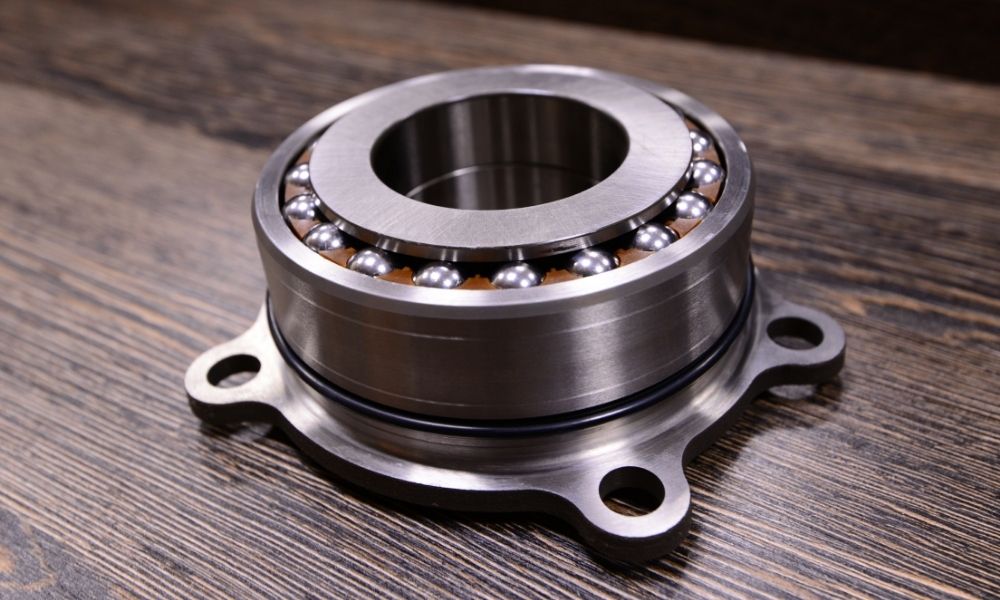
When working on the interior portion of your car's transmission system, you should understand what goes where. The easiest way to master this information is to know the list of the essential parts. Explore all the components of automobile transfer cases so you can conquer your four-or all-wheel-drive restoration project.
The Exterior
The transfer case is responsible for sending engine power to all four wheels simultaneously. This requires several external parts that connect to the transfer case, building an ecosystem of torque transference.
The Input Shaft
The input shaft is the driveshaft that brings the power generated by the engine. The input shaft starts the transfer process, giving the transfer case the energy to pass along.
Two Output Shafts
The output shafts complete the transfer case system, sending the diffused energy to all four wheels at the same time. There are two output shafts: one that spins the front driveshaft and one that turns the rear.
On to the Differentials
The outputs send power to the external differential, which sits closer to the wheels themselves. In some AWD designs, there are internal differentials situated within the confines of the transfer case itself. You will need to examine your vehicle's specs to see which system it uses.
Metal Housing
The last part of the external system is the metal housing which surrounds the entire transfer case. These housings typically consist of cast iron or aluminum, holding the case together while connecting the moving shafts.
The Interior
After examining the outside of the transfer case, it's time to move in for a closer look. These are the central components of an automobile's transfer case interior.
The Gear Set
The transfer case's interior operates like a manual transmission where the speed of the input and output shafts needs to synchronize at the same rate or at an operable ratio. There are two types of gear sets in transfer cases to know about.
Full Set of Traditional Gears
The first of the two types is the traditional gear set, which utilizes a spinning range of regular gears. These operate like manual transmissions with rotating gears that interlock at varying speeds.
Planetary Gears
The other option that is more common nowadays is the planetary gear set. These gears function with a ring gear, planet carrier, and sun gears. These systems are more compact and efficiently transfer energy from one gear to another during gear reduction.
Internal Chains
In some transfer cases, the internal mechanics rely on chains rather than gears or a combination of both. The chains connect the input and output shafts, synchronizing their spins as gears would. Chain-based systems are lighter, quieter, and sometimes smoother than gear-based ones.
Understanding the components of automobile transfer cases helps restorers and repairers alike make the most of their transmission system. While the transfer case housing may be intact, some internal gears and chains will wear down over time. If you need new and improved transfer case components, reach out to our experts at Transparts Warehouse today.

